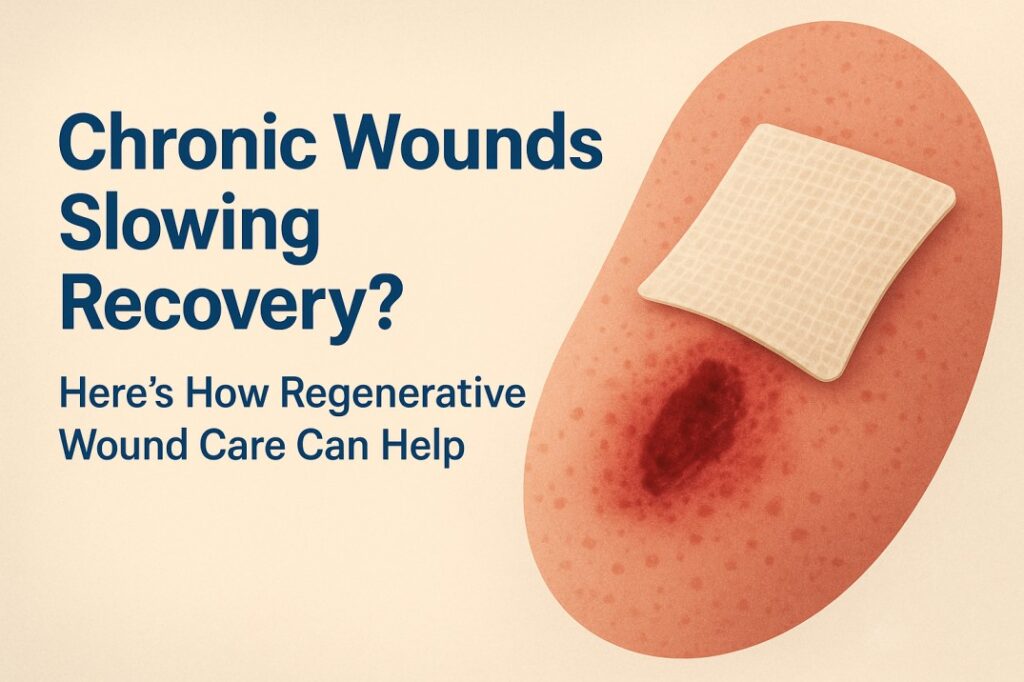Tattoos are often considered permanent marks of personal expression, but over time, some people may feel that their tattoo no longer represents them, or perhaps, the tattoo has faded or aged in a way that they no longer find appealing. If you have an old or faded tattoo, you might wonder whether it can be removed effectively, especially in a city like Islamabad, where tattoo removal in Islamabad are becoming increasingly popular.
In this blog, we will explore whether it’s possible to remove old or faded tattoos in Islamabad and discuss the various factors that affect the removal process.
1. What Makes a Tattoo Fade Over Time?
Before diving into the tattoo removal process, it’s essential to understand why tattoos fade and whether this affects their removal.
- Ink Fading: Over time, the ink used in tattoos can fade due to several factors, including exposure to the sun, skin exfoliation, and the natural aging of the body. Certain colors, such as light greens, yellows, and whites, tend to fade more quickly than darker colors like black and blue.
- Skin Changes: As we age, our skin undergoes changes, such as loss of elasticity, thinning, and the development of wrinkles. These changes can affect the appearance of a tattoo, making it look less vibrant or uneven, even though the ink is still embedded in the skin.
- Lifestyle Factors: Certain lifestyle factors, like excessive sun exposure, smoking, or poor skincare, can speed up the fading process. Tattoos on areas that are frequently exposed to the sun, such as the forearms or neck, may fade faster than those on less exposed areas.
Despite fading, the ink remains in the skin’s dermis (the deeper layer), which means the tattoo is still there, and removal is often possible, even if it’s old or faded.
2. Can Old or Faded Tattoos Be Removed in Islamabad?
The simple answer is yes—old or faded tattoos can typically be removed in Islamabad using advanced removal methods like laser treatments. Laser tattoo removal technology has made significant strides in recent years, and it can be highly effective for both new and older tattoos, regardless of how faded they are.
Laser tattoo removal is particularly effective for breaking down the ink particles, whether they are fresh and vibrant or old and faded. However, there are some important factors that determine how well an old tattoo will respond to removal:
- Tattoo Ink and Color: The type of ink and color used in the tattoo play a significant role in how easily the tattoo can be removed. Darker colors, such as black and blue, tend to respond better to laser treatments because the laser can more easily target the pigment. Lighter colors, such as pastel shades or white ink, can be more challenging to remove, but modern laser technology, like the PicoSure laser, has improved the removal of these colors as well.
- Tattoo Depth: Older tattoos that were applied with deeper ink penetration into the skin may require more laser sessions for complete removal. The deeper the ink, the harder it may be to break it down and eliminate it, which could result in a longer removal process.
- Skin Condition: The overall condition of your skin is another factor that affects tattoo removal. If you have an older tattoo that has faded over time, but your skin is still relatively healthy, it will likely heal well after removal. However, if your skin has experienced significant aging or damage, such as scarring or hyperpigmentation, it may take longer for the skin to recover after treatment.
3. How Laser Tattoo Removal Works
Laser tattoo removal is the most common and effective method for removing tattoos, including old or faded ones, in Islamabad. Here’s how the process works:
- Laser Technology: In Islamabad, dermatology clinics use advanced lasers, such as the Q-switched Nd:YAG and PicoSure lasers, which are designed to break down tattoo ink particles in the skin. These lasers use highly focused light to target the tattoo pigments without damaging the surrounding skin.
- The Process: During a session, the laser emits light energy that penetrates the skin and breaks down the ink particles into smaller fragments. The body’s immune system then works to remove these fragments naturally over time. The number of sessions required depends on the size, color, and depth of the tattoo, as well as how much of the tattoo has already faded.
- Effectiveness on Faded Tattoos: Even if your tattoo is old or faded, the laser can still target the remaining ink particles in the skin. Faded tattoos may even respond better to laser removal than newer, more vibrant tattoos because the ink particles may have already fragmented and dispersed to some extent, making them easier for the body to remove.
4. Factors That Affect the Success of Tattoo Removal
While laser tattoo removal can effectively address old or faded tattoos, several factors influence how successful the procedure will be:
- Ink Quality and Color: The color and type of ink used can significantly impact the removal process. Dark ink colors like black and dark blue are typically easier to remove. On the other hand, colors such as green, yellow, and red can be more difficult and may require more sessions. Faded tattoos, regardless of color, may still present challenges depending on the ink used.
- Number of Sessions: It is important to note that removing an old tattoo typically requires multiple laser sessions. The number of sessions depends on the tattoo’s size, color, and depth. Faded tattoos may require fewer sessions since the pigment is already partially broken down.
- Skin Type and Healing: Your skin type also plays a role in how well the tattoo removal works. People with lighter skin generally see better results because the laser targets pigment contrasts more effectively. Additionally, how well you follow post-treatment care will affect the healing process and the final result.
- Previous Tattoo Work: If the tattoo was applied with multiple layers of ink or had a lot of touch-ups, it may be more difficult to remove, even if the tattoo appears faded.
5. Aftercare and Healing Process
Once the tattoo removal process is completed, proper aftercare is essential for achieving the best results and preventing complications. After each session, the treated area may be red, swollen, and tender. Following the aftercare instructions from your practitioner is vital to ensuring that the skin heals properly and that there are no complications such as infections or scarring.
- Post-Treatment Care: This includes cleaning the treated area, applying soothing ointments or creams, and keeping the skin moisturized. You’ll also need to avoid sun exposure, which can cause hyperpigmentation in the treated area.
- Healing Time: Depending on the number of sessions and the depth of the tattoo, it may take several weeks to several months for the skin to fully heal and for the tattoo to fade completely.
6. Conclusion
Yes, it is possible to remove an old or faded tattoo in Islamabad. Modern laser tattoo removal technology has made the process much more effective and accessible, even for tattoos that have faded over time. While the removal of old tattoos may take several sessions, it is generally possible to achieve significant fading or complete removal with the right technique, appropriate aftercare, and the expertise of a qualified professional.









